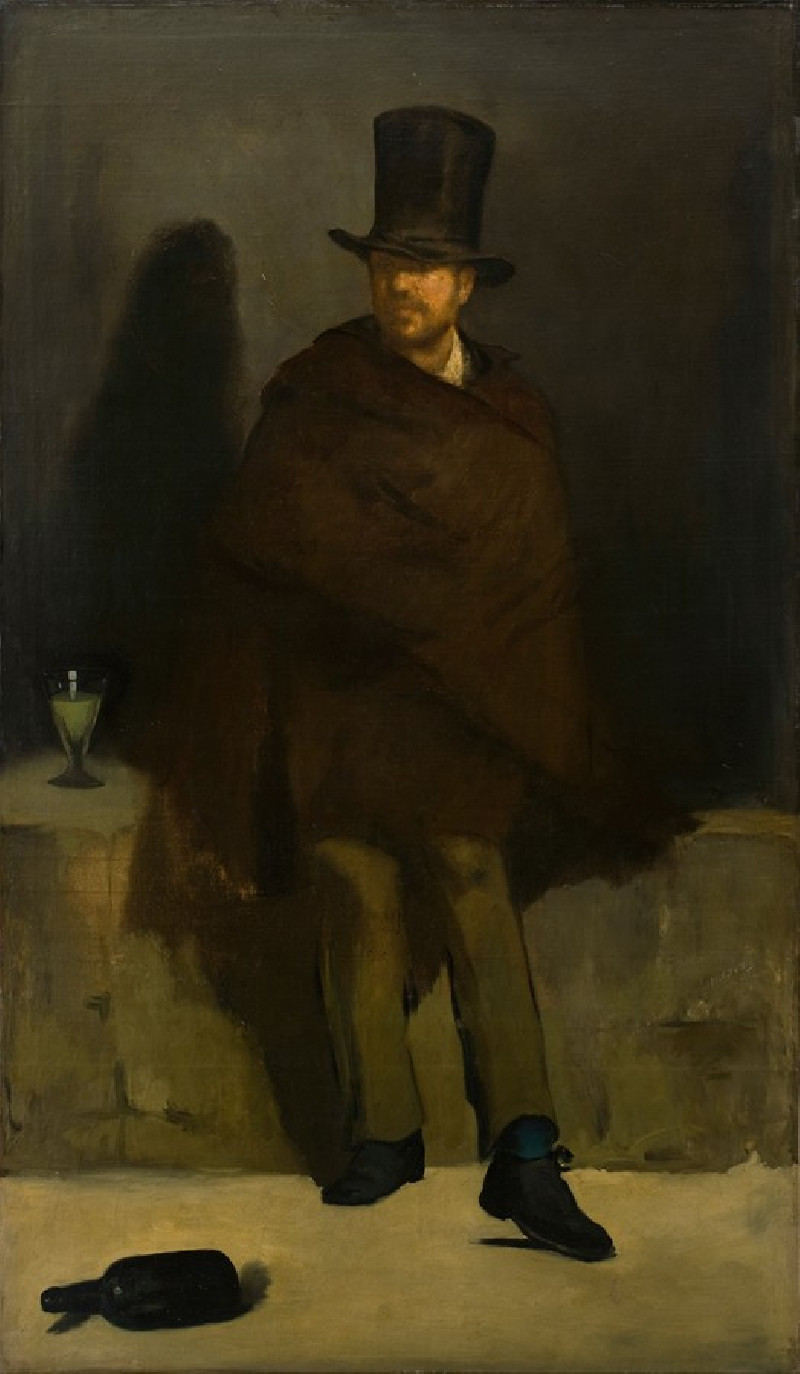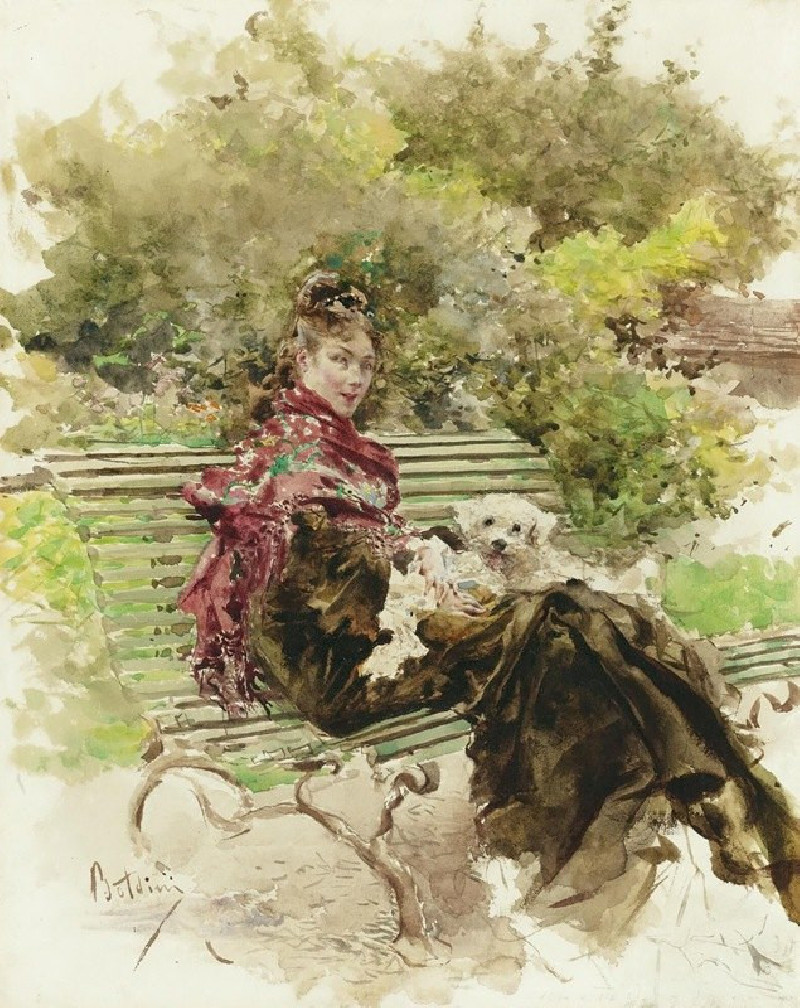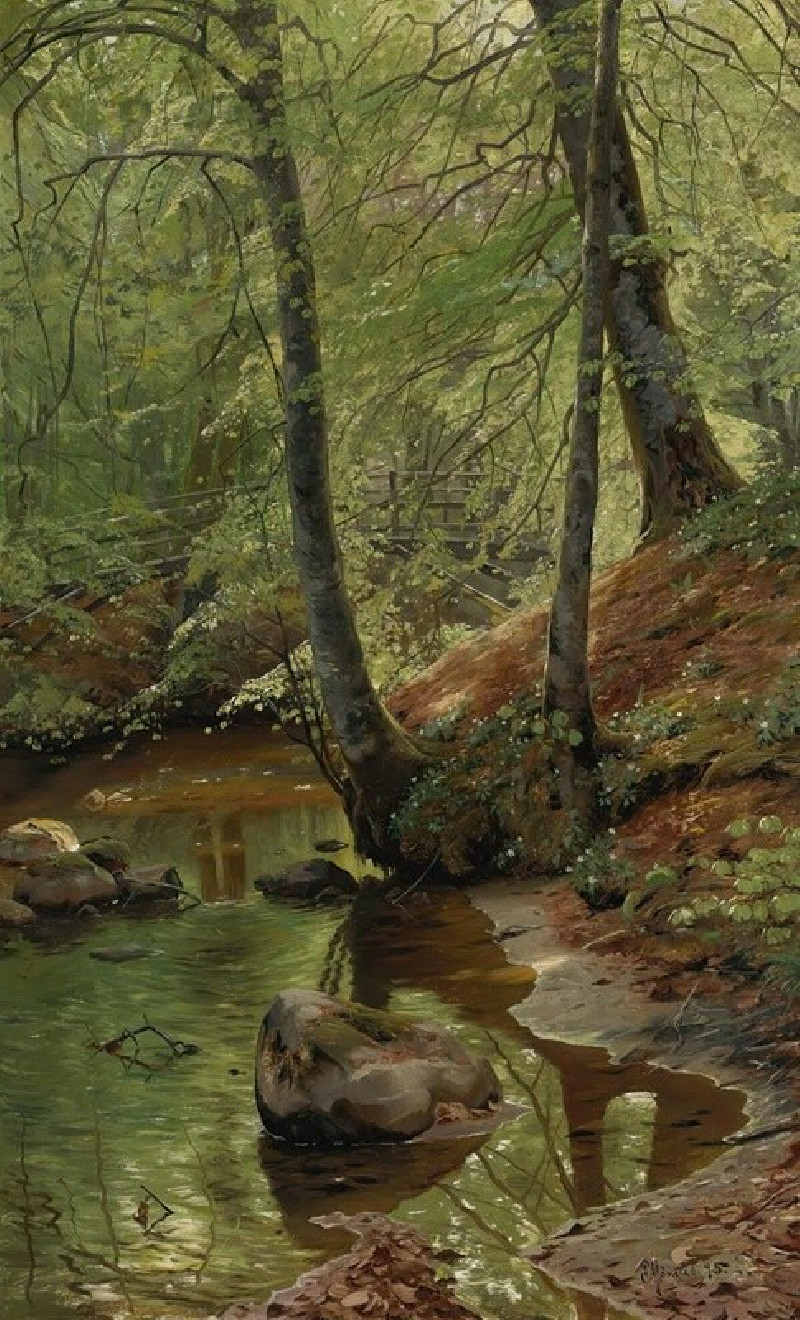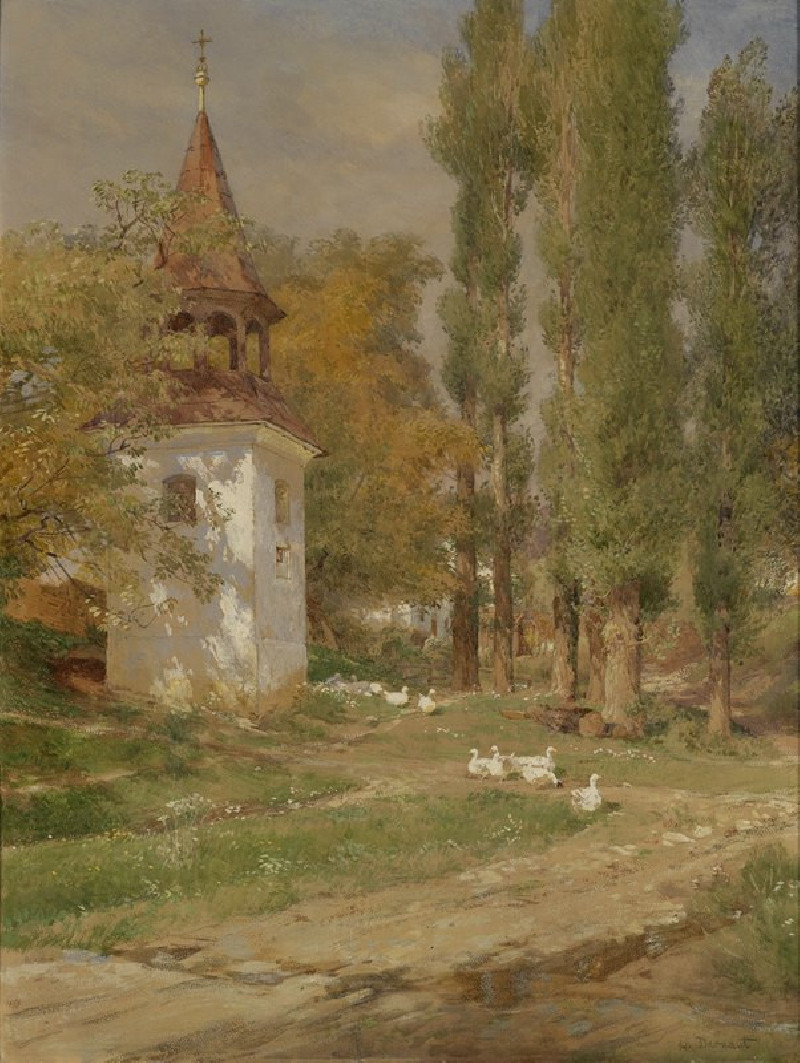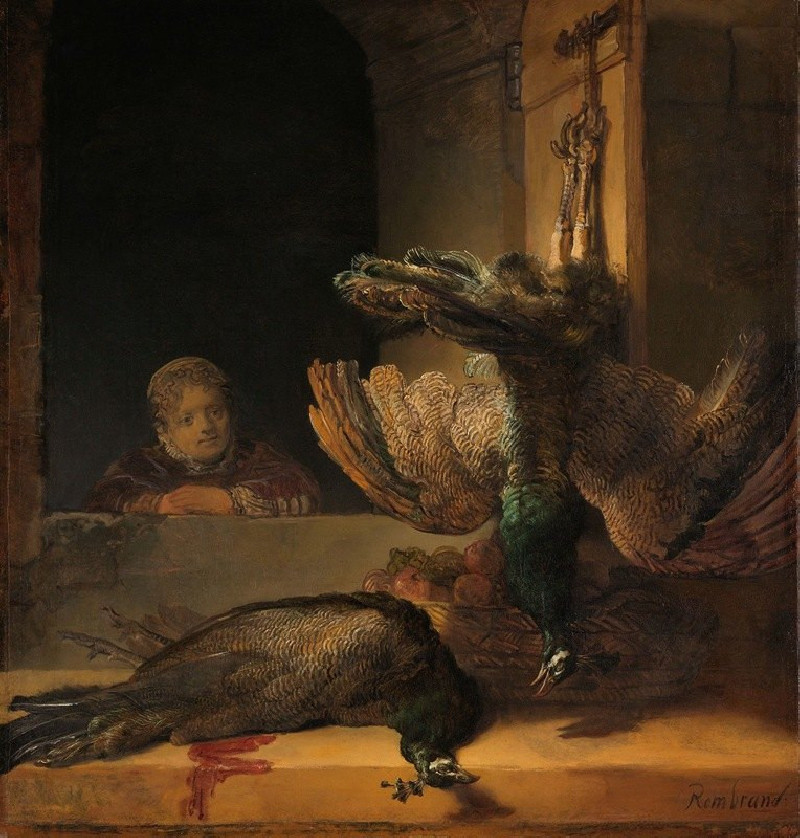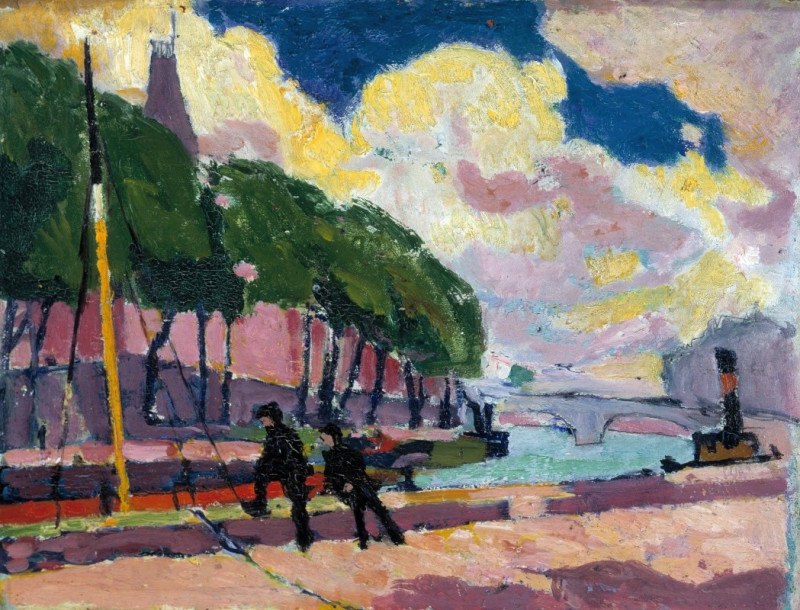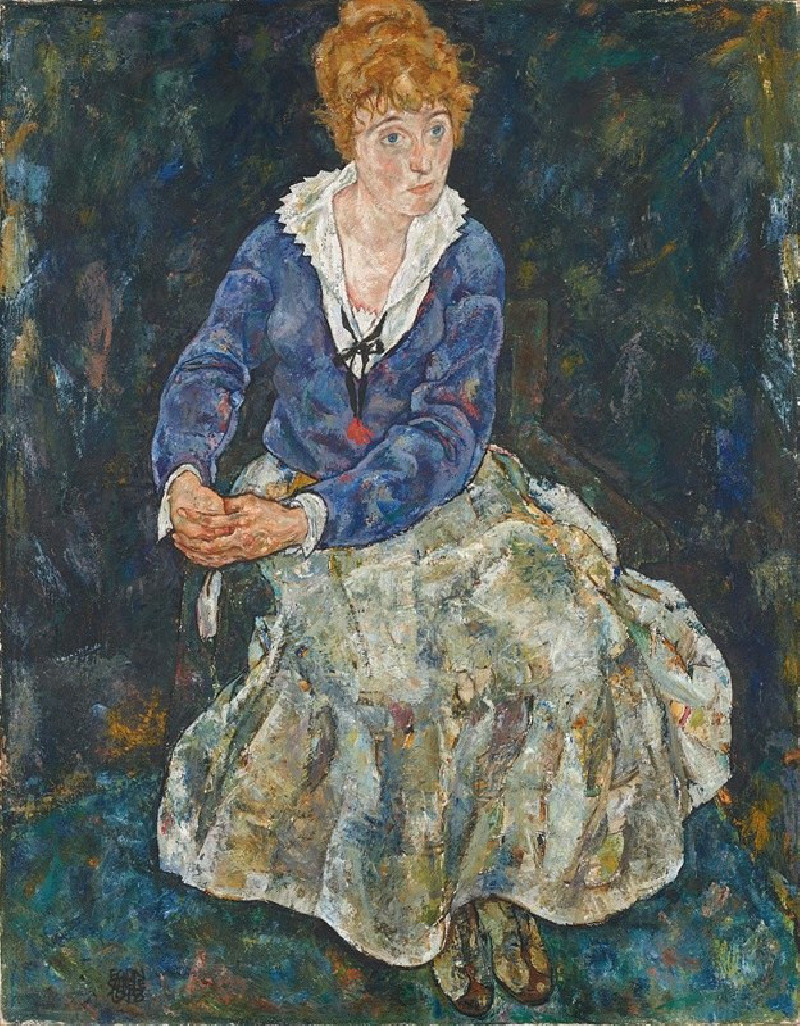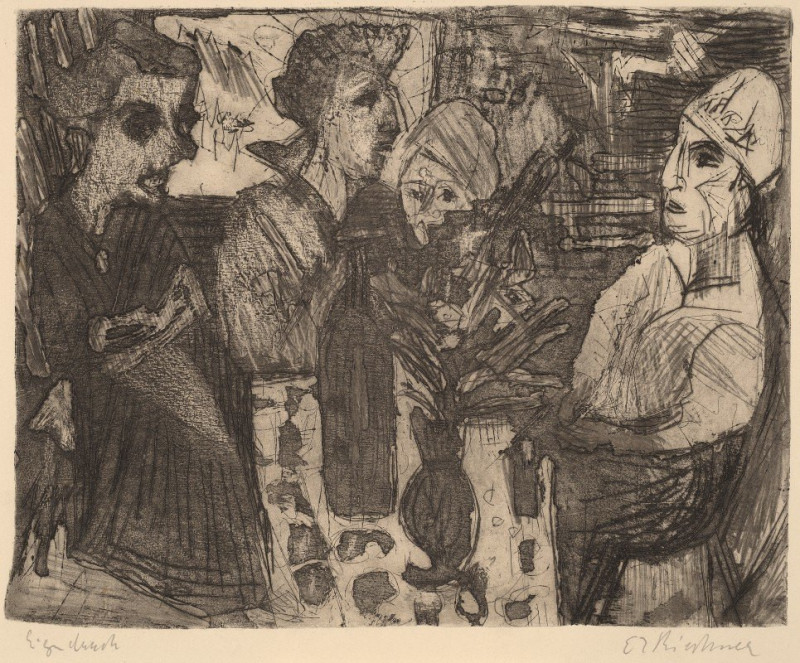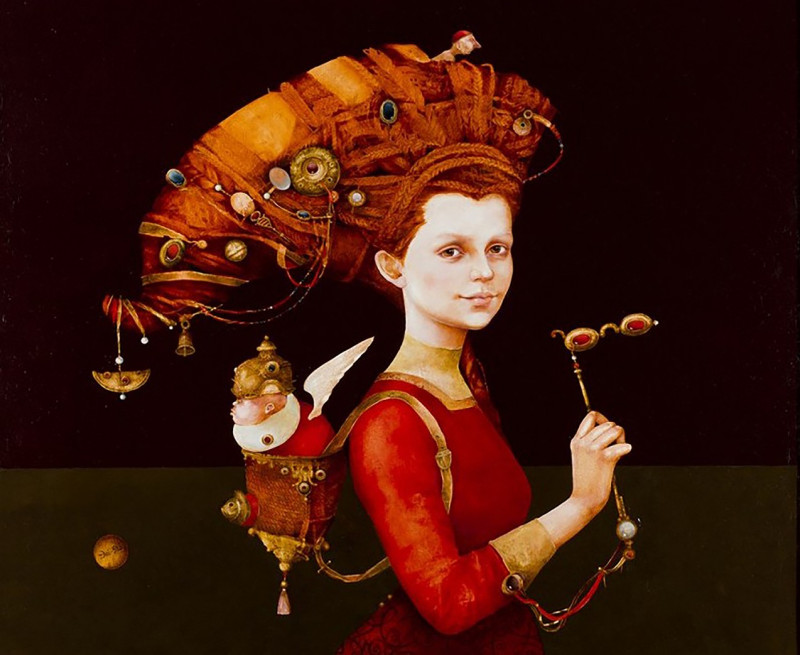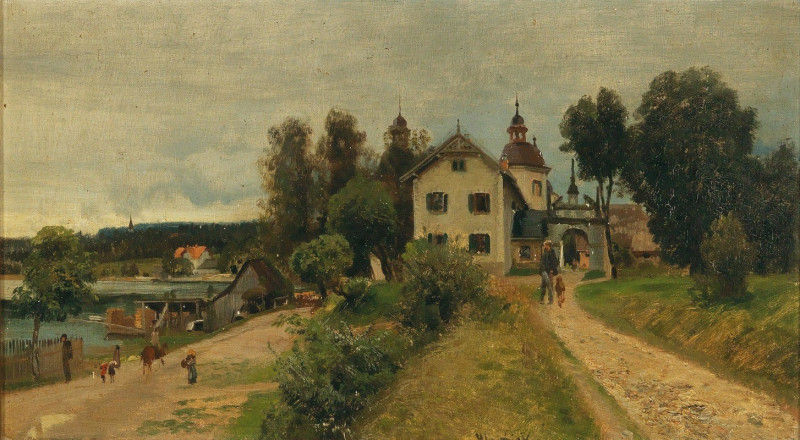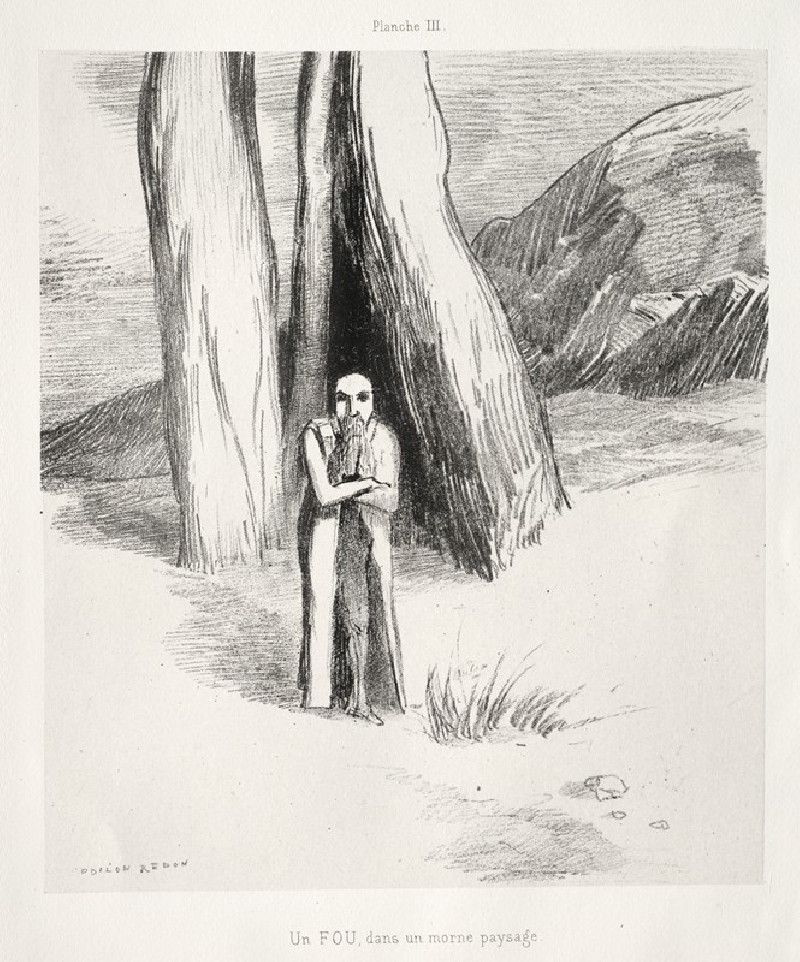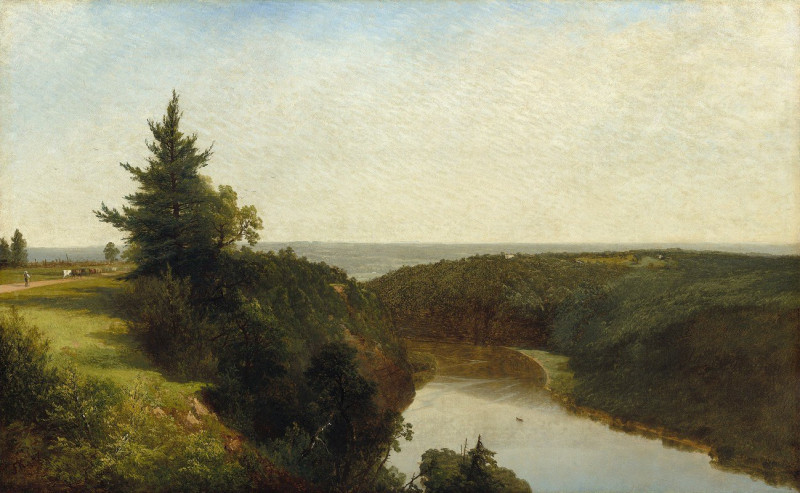The Absinthe Drinker (1859)
Technique: Giclée quality print
Recommended by our customers
More about this artwork
Édouard Manet’s evocative painting, "The Absinthe Drinker" (1859), offers a stirring glimpse into the darker corners of 19th-century Parisian life. This early work by Manet, who was to become a pivotal figure in the transition from Realism to Impressionism, captures an enigmatic figure whose presence looms as much in shadow as in light.The subject, cloaked in a heavy, dark cape and sporting a tall top hat, stands against a soberly toned backdrop, almost blending into the murky hues of the painting. His face, shadowed and indistinct, is partially lit in a way that suggests introspection or perhaps resignation. Dominating the foreground, a small, vividly depicted glass of absinthe and a discarded bottle conjure a narrative of escape and despair.The staging of the figure, combined with the sparse, somber coloring, effectively conveys a sense of isolation. The man's solitary drinking hints at the social issues surrounding absinthe consumption, which was popular at the time but increasingly associated with social degeneration. The drink, known as 'the Green Fairy', was reputed to have psychoactive qualities and was both celebrated and vilified in Parisian society.Manet’s use of lighting and shadow, his loose brushwork, and the psychological complexity he brings to the subject are all qualities that anticipate his later masterpieces.
Delivery
Returns
Édouard Manet (1832–1883) was a French modernist painter and one of the first 19th century artists to paint modern life. His impressionist style is characterized by relatively small and thin brushstrokes that create emphasis on light depiction. Manet was one of the key artists in the transition from realism to impressionism, along with Claude Monet, Edgar Degas, and Pierre-Auguste Renoir. However, he resisted involvement in any one specific style of painting, and only presented his work to the Salon of Paris instead of impressionist exhibitions. His early masterworks, The Luncheon on the Grass and Olympia, created great controversy and served as a rallying point for other young painters.

